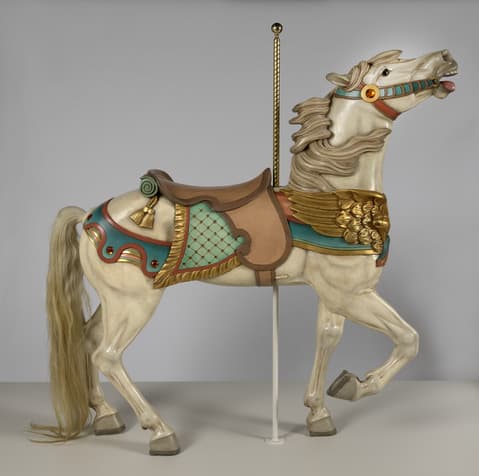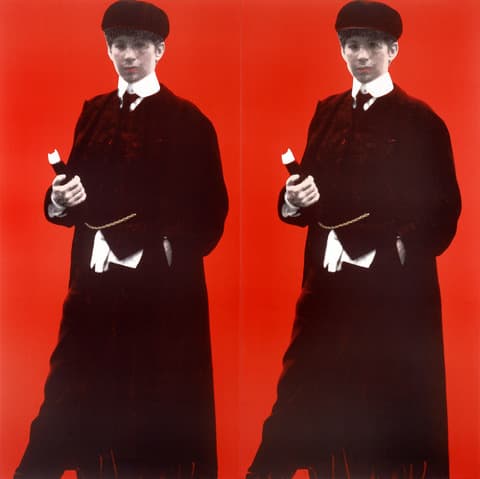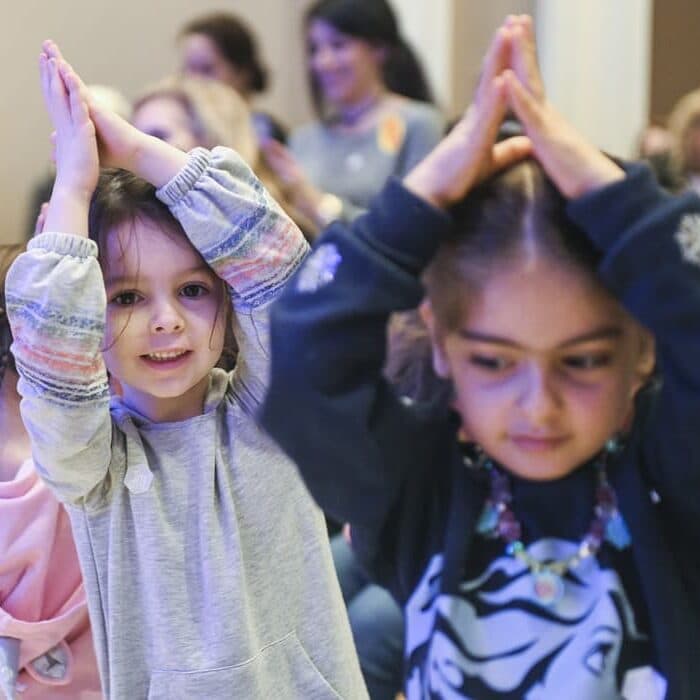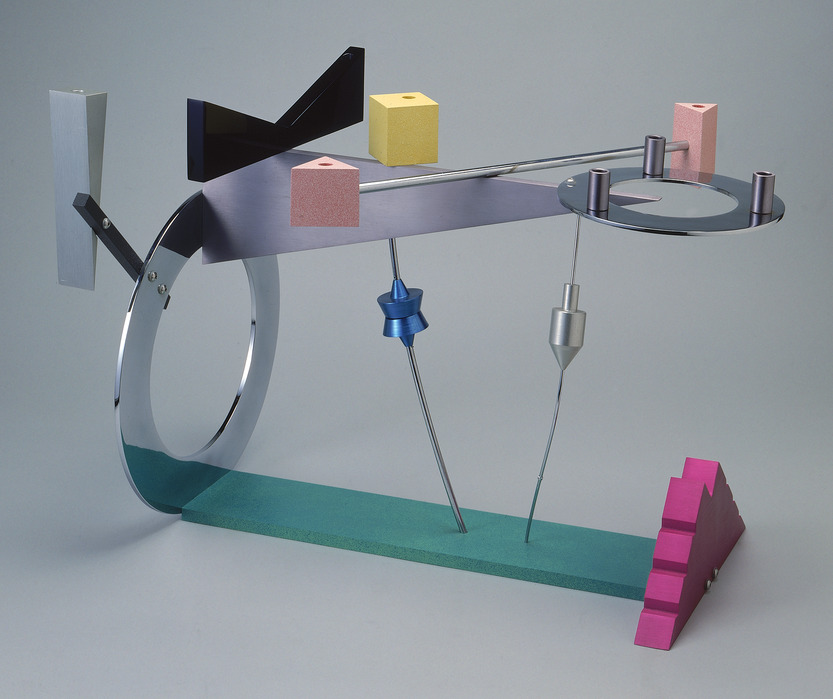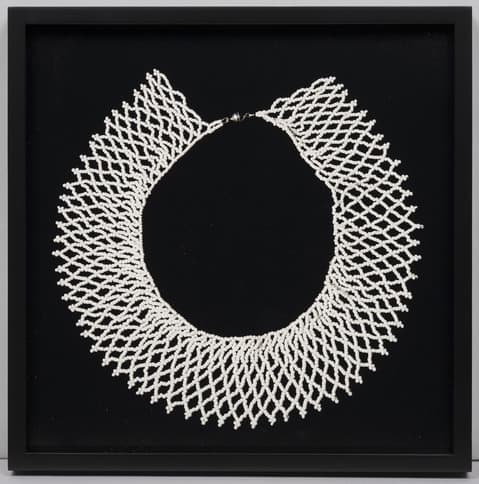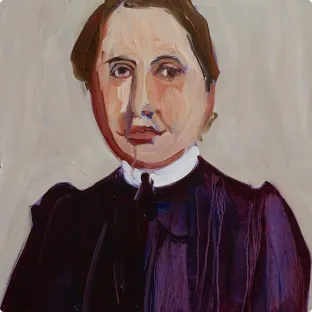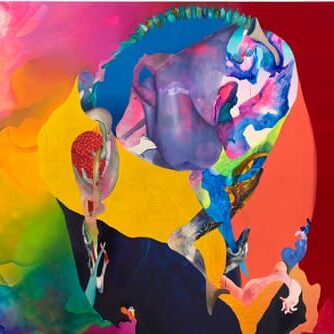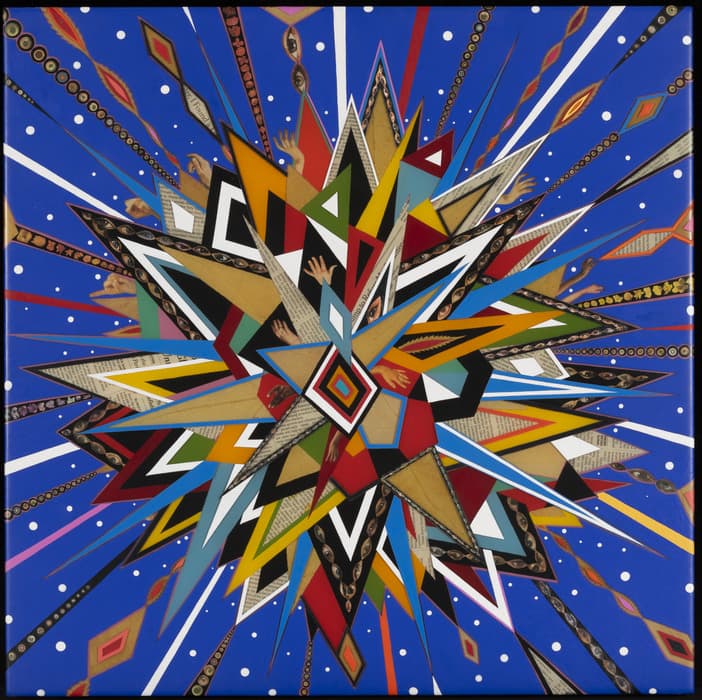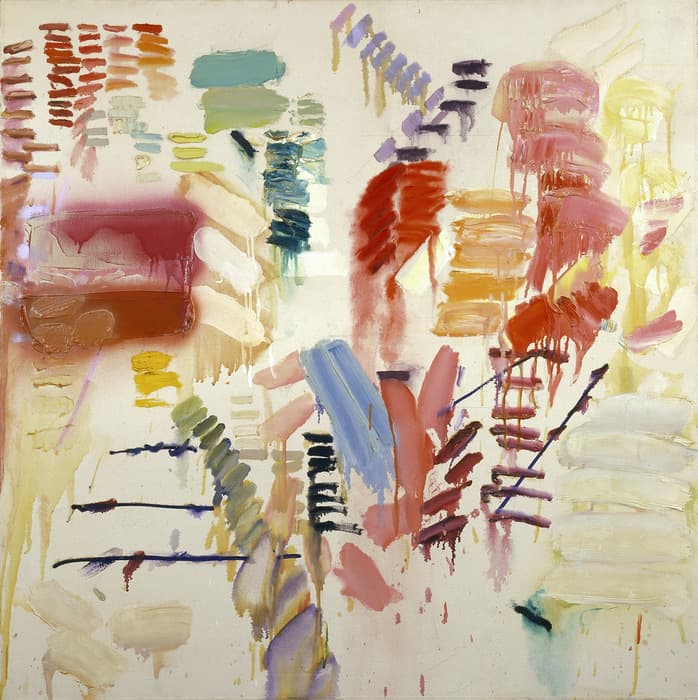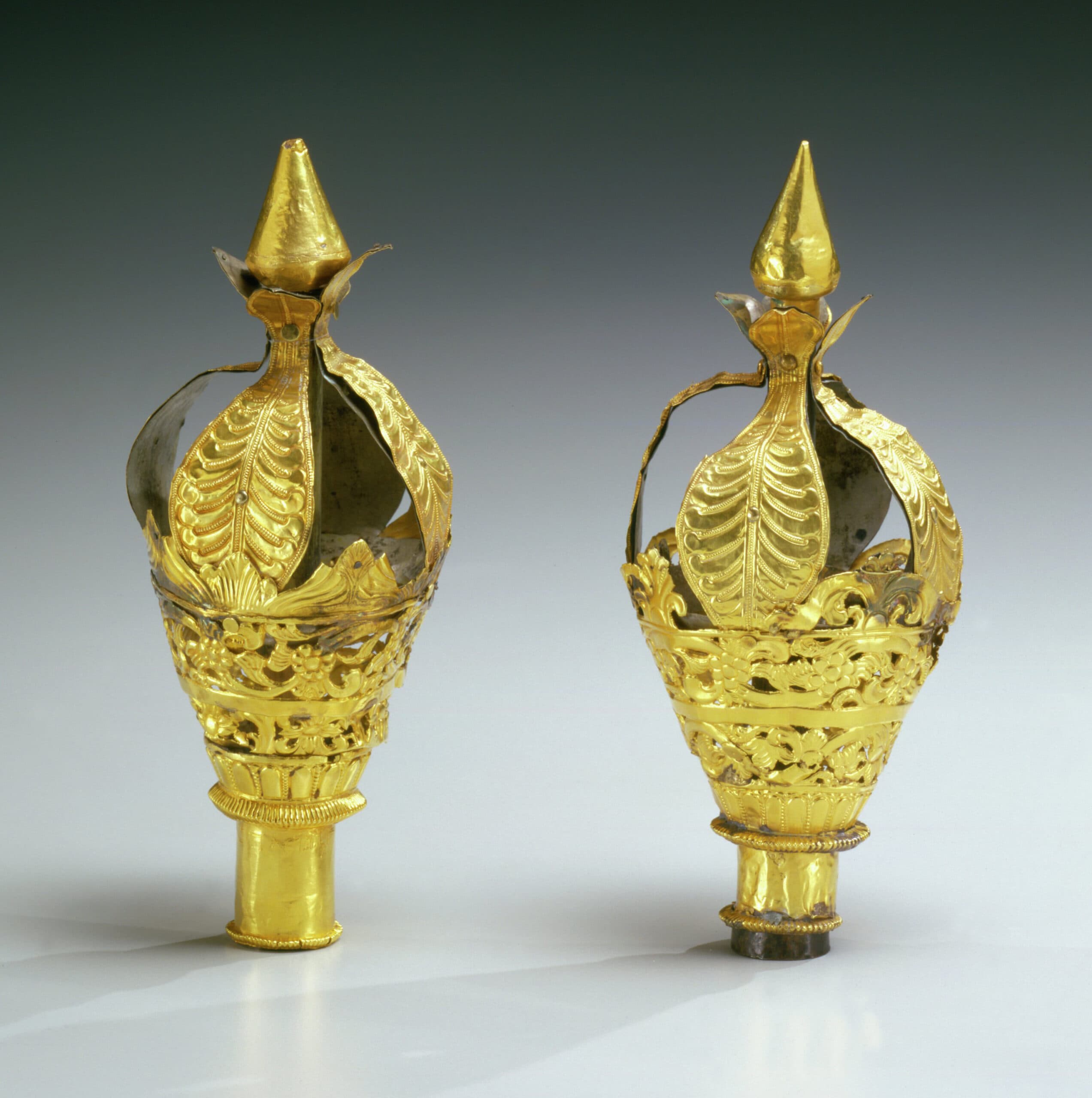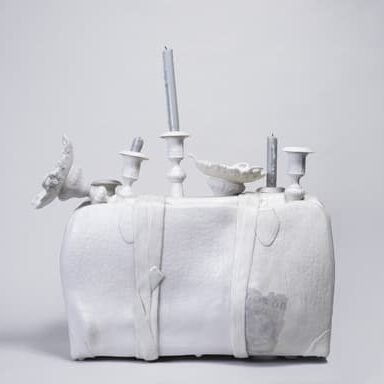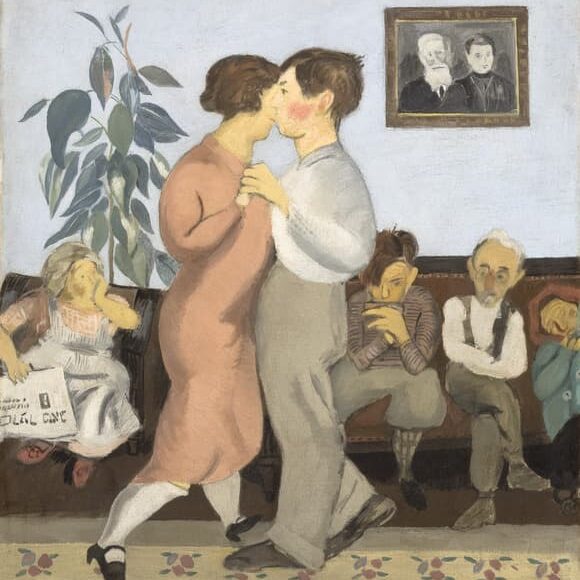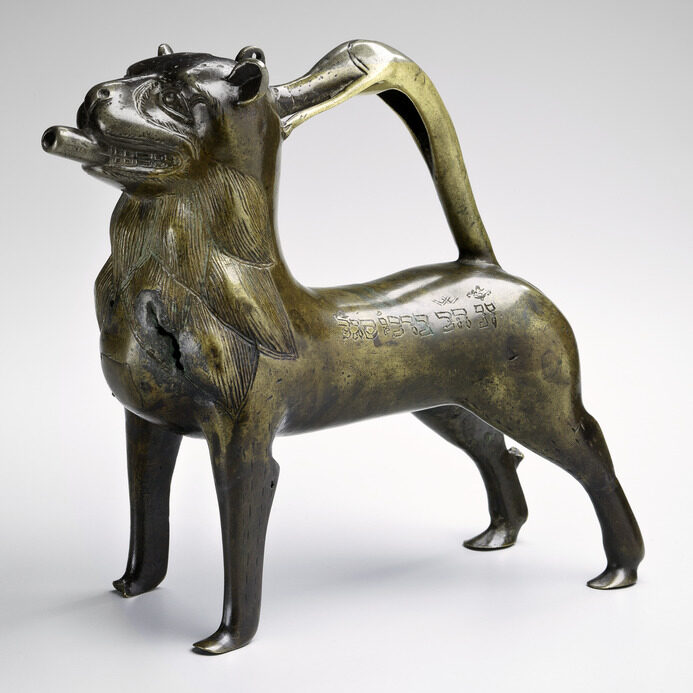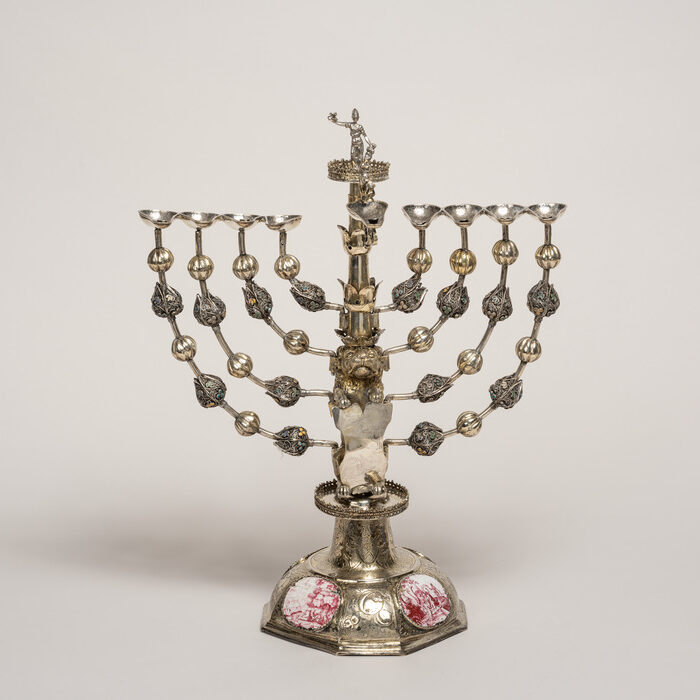New Series of Photographs by Laurie Simmons to Premiere at the Jewish Museum on March 13
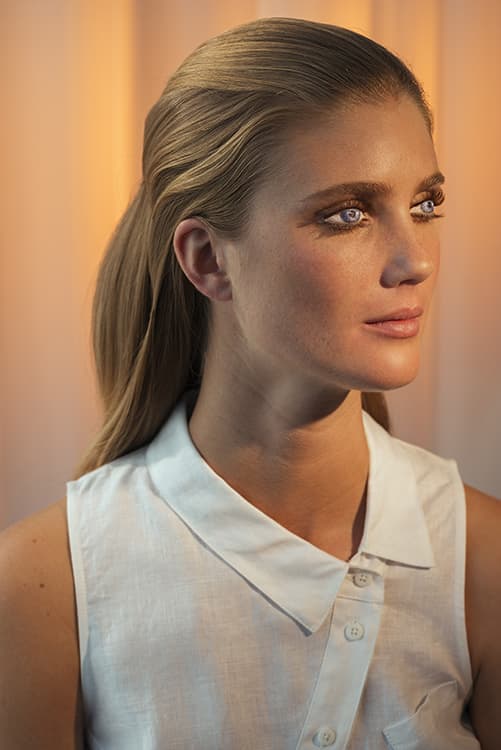
Images Explore Self-Expression in a Social Media-Driven World Through Online “Doll Girls” Community
New York, NY – The Jewish Museum presents a series of recent, large-scale photographs by artist Laurie Simmons, on view from March 13 to August 16, 2015. The six new works in Laurie Simmons: How We See draw upon the “Doll Girls” community, people who alter themselves to look like Barbie, baby dolls, and Japanese anime characters through make-up, dress, and even cosmetic surgery. Evoking the tradition of the high-school portrait — when teenagers present their idealized selves to the camera — Simmons photographed fashion models seated in front of a curtain, cropped from the shoulders down. Prismatic lighting and small, surprising details in the models’ clothing give these otherwise banal images a psychedelic effect, which is exaggerated by each girl’s preternaturally large, sparkling eyes. They stare out at the viewer with an uncanny, alien gaze, created by lavishly painting eyes onto the models’ closed eyelids—a technique used by the “Doll Girls” themselves.
How We See draws an arc between portraits traded among classmates and the persona-play that “Doll Girls” rapidly execute on smartphones, where continuous feeds of Instagram, Facebook, and Twitter allow alternate versions of the self to appear, morph, and disappear. Simmons has a longstanding interest in masking and disguises, and in these works probes the ever-widening gap between real life and the eerie artificiality enabled by social media. In How We See, Simmons explores contemporary notions of beauty, identity, and persona—investigating how individuality can be assembled through the distorted lens of idealized beauty.
Long before digital technologies were commonplace in daily life, Simmons immersed herself in imaginary, constructed worlds, from dollhouses in Early Color Interiors (1978 – 79), ventriloquist’s dummies in Clothes Make the Man (1990 – 92), and more recently Japanese cosplay in Kigurumi (2014). A constant thread through the artist’s work from 1978 to the present is an examination of self-perception. How we see ourselves, Simmons suggests, is best revealed through approximations, surrogates, and stand-ins. Laurie Simmons: How We See is the artist’s first solo museum exhibition in New York City.
Laurie Simmons (born Far Rockaway, New York, 1949) is a photographer and filmmaker. She received her bachelor’s degree in fine arts from the Tyler School of Art at Temple University in 1971. Solo exhibitions of her work have been held at the Neues Museum, Nuremberg (2014); the Print Gallery at the New York Public Library (2010); the Baltimore Museum of Art (1997); the Walker Art Center, Minneapolis (1987); and P.S. 1, New York (1979). Her work has also been shown at the Museum of Contemporary Art, Chicago; the Institute of Contemporary Art, Boston; the Museum of Modern Art, New York; the Metropolitan Museum of Art, New York; and the Whitney Museum of American Art, New York, among other venues. She lives and works in New York.
Laurie Simmons: How We See is organized by Assistant Curator Kelly Taxter. Clothing by Rachel Antonoff and make-up by Landy Dean and James Kaliardos.
Support
Laurie Simmons: How We See is made possible by the Melva Bucksbaum Fund for Contemporary Art. Additional generous support is provided by Toby Devan Lewis, The Alice M. and Thomas J. Tisch Foundation, Ann and Mel Schaffer, and Vera Schapps.
Press contacts
Anne Scher, Molly Kurzius, or Alex Wittenberg
The Jewish Museum
212.423.3271 or [email protected]
Andrea Schwan
Andrea Schwan Inc.
917.371.5023 or [email protected]
